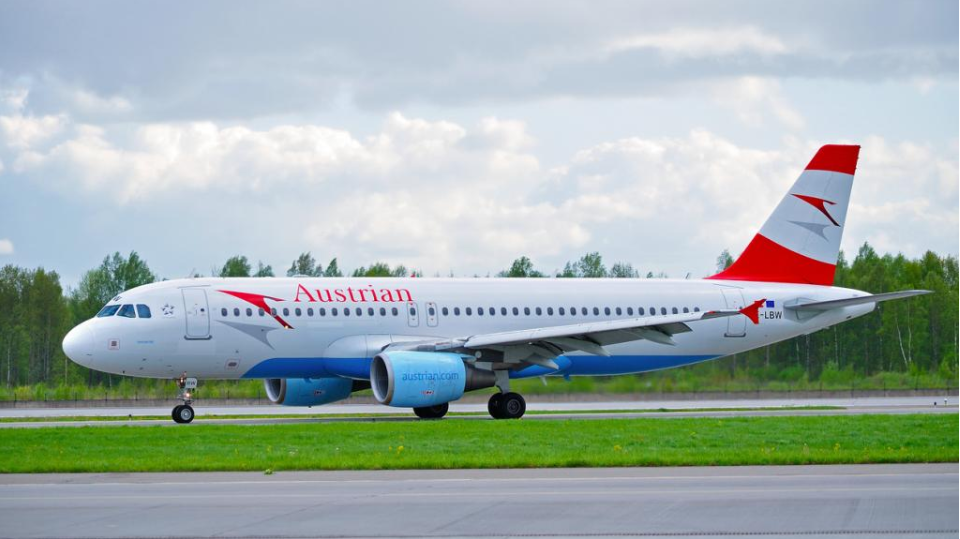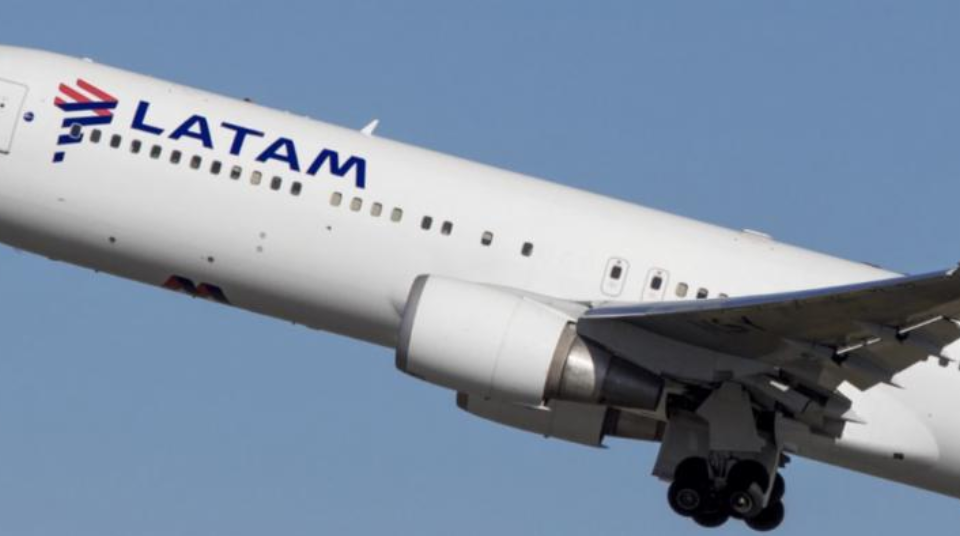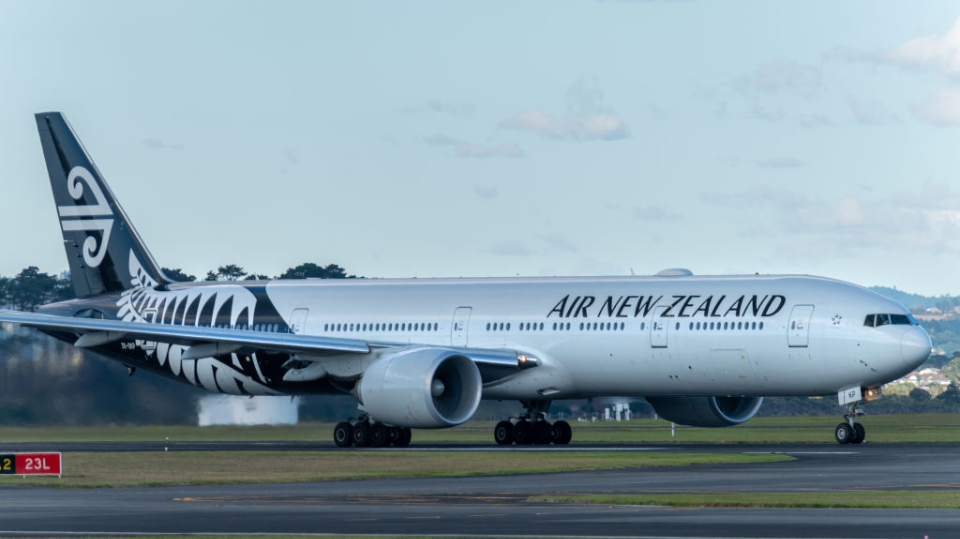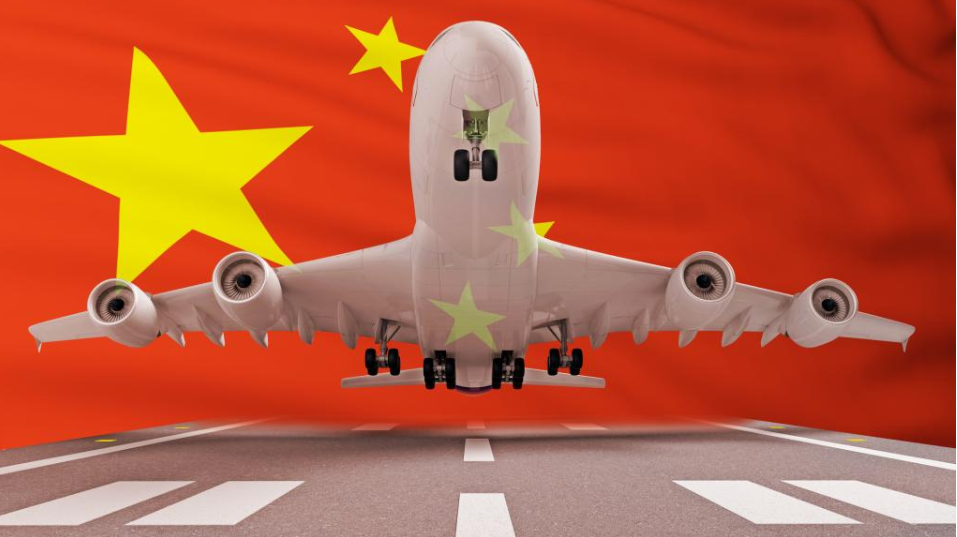Austrian Airlines bailout protected by taxes and fare floor
The Austrian government plans to set a EUR40 minimum air fare and to increase passenger taxes on short and medium haul flights. These two measures will disproportionately hit low cost competitors to Austrian Airlines, which has just become Europe's latest beneficiary of state aid.
The growth of LCC competition to Austrian Airlines and its parent Lufthansa Group at Vienna was gathering pace before the COVID-19 crisis, and this threat is likely to intensify.
The Ryanair subsidiary Lauda and Wizz Air have grown rapidly to become the biggest airlines at the airport outside the Lufthansa Group in 2019. Wizz Air and Ryanair Group are also now among the most vocal European airlines on seizing growth opportunities in the post-crisis recovery.
The combination of new taxes and the planned EUR40 air fare floor appears calculated to force LCCs (Ryanair Group and Wizz Air in particular) to raise ticket prices or to operate at a loss in Austria. This may well be subject to legal challenges.
Although dressed up as an environmental measure, the Austrian government's plans look like protectionism.
TO READ ON, VISIT: Austrian Airlines bailout protected by taxes and fare floor

COVID-19 and aviation: Chile's climbing cases add more uncertainty
Led by Brazil, Latin America has become a hotspot for the COVID-19 outbreak. Behind Brazil are Peru and Chile, which continue to see their cases climb, and it is unpredictable when the curve will flatten in the region.
Before the pandemic, Chile had posted solid domestic passenger growth, and the market was benefiting from the establishment of low cost and ultra low cost airlines to challenge the long-dominant leader, LATAM Airlines Group.
The COVID-19 crisis has resulted in LATAM filing for Chapter 11, and it is still highly uncertain whether the Chilean government will extend financial support to the country's airlines.
Similarly to numerous countries in the region, Chile faces major economic challenges that could create headwinds for the country's airlines as they work to rightsize their operations in light of significantly diminished demand.
TO READ ON, VISIT: COVID-19 and aviation: Chile's climbing cases add more uncertainty

Europe's airline capacity climbs, but the schedules outlook is fiction
In the week commencing 8-Jun-2020, seat numbers in Europe were down by 84.7% year-on-year, according to schedules from OAG combined with CAPA Fleet Database seat configurations, which is 1.5ppts narrower than last week's 86.3% drop.
Europe now has the second deepest year-on-year capacity cut, after Latin America's 85.3% decline. Seats have dropped by 81.0% in Africa, 73.0% in North America, 72.7% in Middle East and 51.4% in Asia Pacific.
Unless there is a second wave of the COVID-19 pandemic, Europe appears to have moved beyond the very worst of the capacity cuts. Nevertheless, it is still at a very low level of capacity.
Moreover, schedules data for the rest of the summer 2020 season are still projecting unrealistically high levels of capacity. For example, OAG/CAPA data for the week of 6-Jul-2020 project seats at 89% of 2019 levels. This is a fiction compared with announced plans from leading European airline groups to operate between 20% (Air France-KLM) and 60% (Wizz Air) of last year's capacity in 3Q2020.
TO READ ON, VISIT: Europe's airline capacity climbs, but the schedules outlook is fiction

Amazon Air: A 200-aircraft fleet planned?
Amazon Air has always generated a certain level of intrigue regarding the ultimate composition of that particular component of the e-commerce behemoth's business - particularly, how much it will challenge the entrenched cargo carriers UPS and Fedex.
The explosion in online retail during the COVID-19 pandemic has been a boon to Amazon, and unlike most commercial operators that are shrinking considerably for the foreseeable future, Amazon Air is expanding its fleet and airport roster.
One overarching question about Amazon Air's ultimate strategy is whether the company will eventually attempt to transition from contracting out most of its air operations and insource those functions instead. It is a strategy the company has used in other aspects of its business, and Amazon has already taken some small steps to insource certain aspects of its air logistics.
But for now, Amazon seems content to continue to outsource the piloting and operation of its cargo aircraft.
TO READ ON, VISIT: Amazon Air: A 200-aircraft fleet planned?

How COVID-19 dismantled Europe's single aviation market
One of the greatest achievements of the European Union is the single aviation market, phased in over a period of years and fully implemented in the 1990s.
It does away with the complex bilateral system that had dominated global aviation since the end of World War Two, removing limits on market access and on ownership/control for airlines within the single market. Together with the development of the internet, this has been the key factor in stimulating the growth of low cost aviation in Europe.
The results of this include enormous increases in connectivity and consumer choice, with consequent benefits to regional economies, employment and human interaction across nations. No other grouping of nations anywhere else in the world has implemented such a liberalised aviation market.
However, it was dismantled in a fortnight in Mar-2020, when COVID-19 travel restrictions were imposed unilaterally by member states. Now, the relaxation of travel restrictions in the recovery phase and the approach to airline state aid are also largely piecemeal.
TO READ ON, VISIT: How COVID-19 dismantled Europe's single aviation market

CAPA: 80% recovery in domestic New Zealand airline capacity by end-2020
New Zealand - the world's 30th largest domestic aviation market globally before the COVID-19 crisis - is expected to recover to just under 80% of its prior capacity levels by the end of 2020, according to a new CAPA projection.
Domestic seat numbers are expected to reach close to 40% of 2019 levels this month as national restrictions are eased (under Alert Level 1), and then to rise gradually to approximately 60% of 2019 levels by early October.
The projection is contained in CAPA's New Zealand Air Capacity Model, which provides a breakdown of each nation's domestic and international outlook for seat capacity powered by OAG - as well as each city and route pair - based on the 2019 actuals.
Combined with government statements, airline network announcements and capacity projections, the model provides a robust and granular guide for future air capacity projection. Using assumptions around 6 key phases - Zero/Grounded, Skeleton, Acutely Restricted, Basic, Restrained and Standard - users can track the pace of recovery in their relevant market.
TO READ MORE, VISIT: CAPA: 80% recovery in domestic New Zealand airline capacity by end-2020

CAPA: close to full recovery in domestic China airline capacity by end-2020
China, now the world's largest domestic aviation market globally, is expected to recover to 90% of its prior capacity levels by the end of 2020, according to a new CAPA - Centre for Aviation projection.
According to CAPA's Air Capacity Model, China's domestic seat numbers are expected to reach close to 80% of 2019 levels in Jun-2020 as the country rebounds from the COVID-19 crisis, then to rise gradually through the summer months to approximately 92% of 2019 levels by the key National Day holidays in early Oct-2020, and then
By mid-Dec-2020 China's domestic capacity is projected to rise to 93% of prior-year levels
TO READ MORE, VISIT: CAPA: close to full recovery in domestic China airline capacity by end-2020
